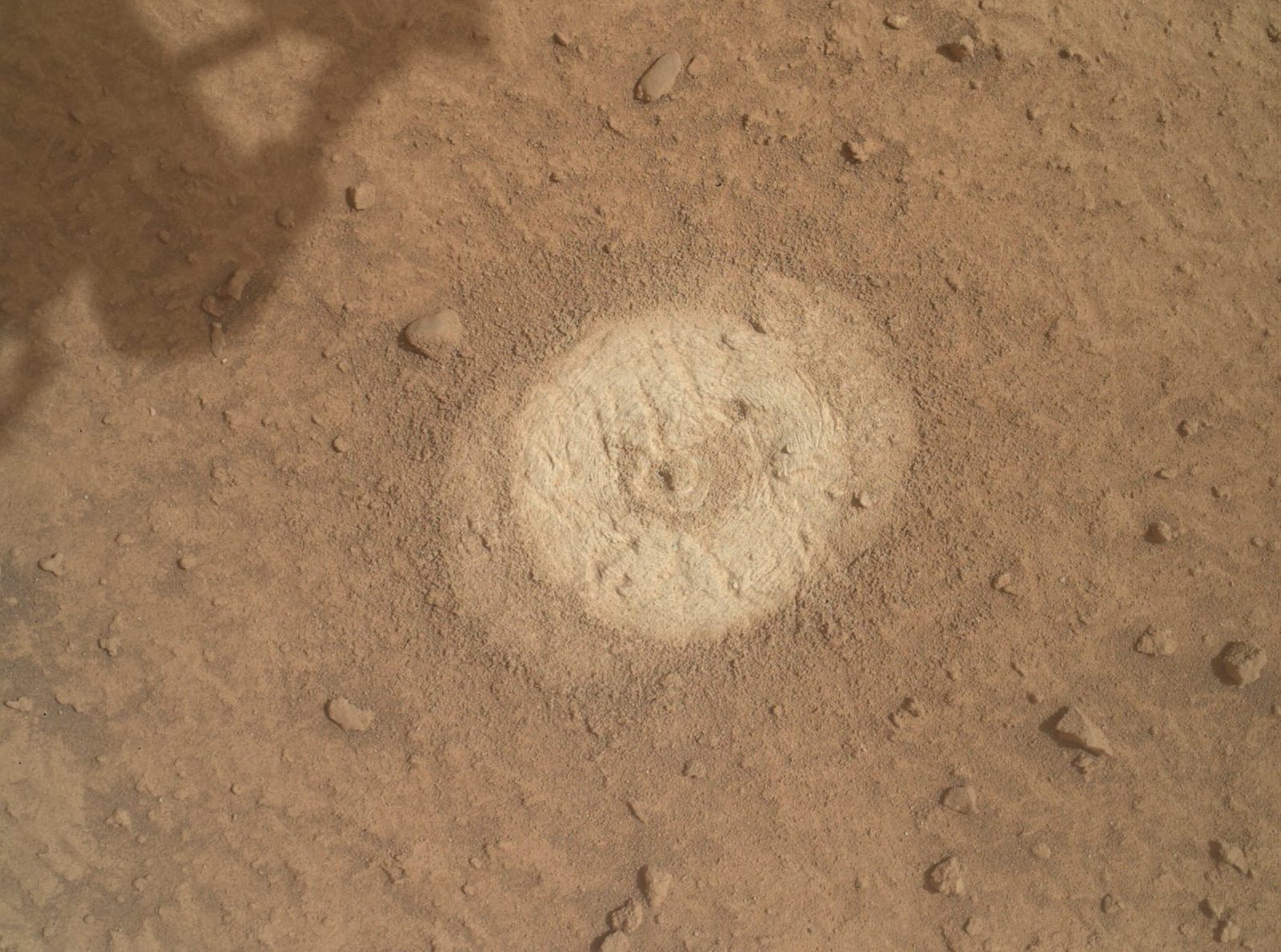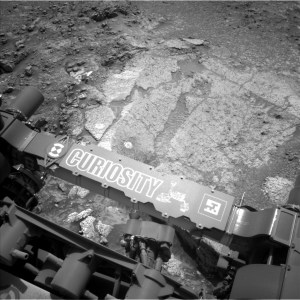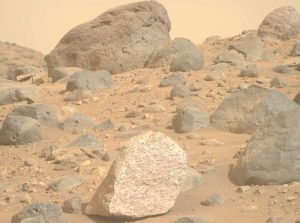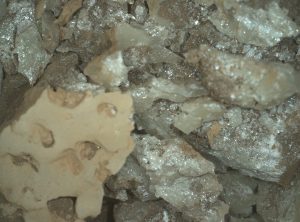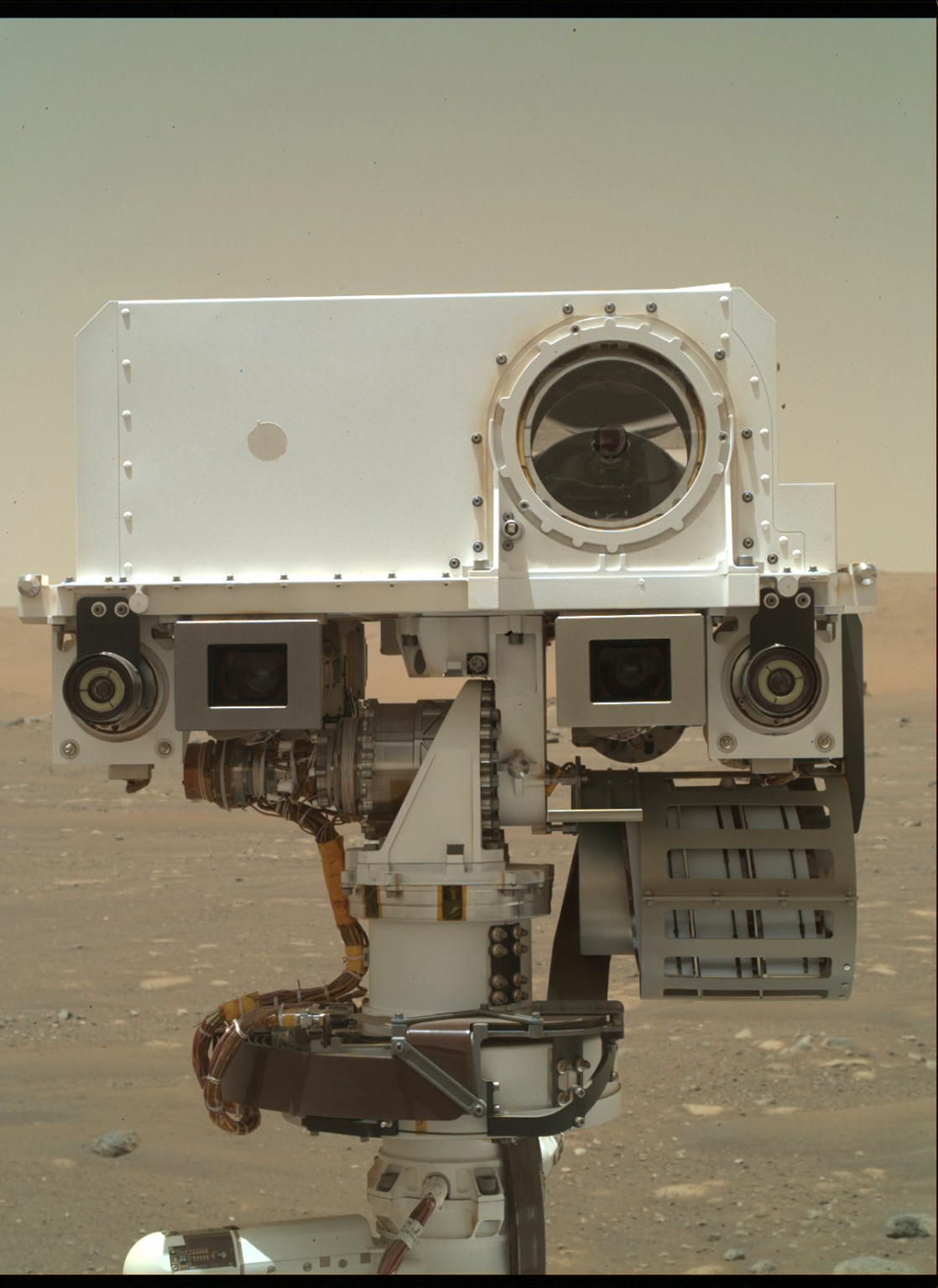
3 min read
Sols 4214–4215: The Best Laid Plans…
Earth planning date: Wednesday, June 12, 2024
Planning today was defined by the decision about whether or not to drill at “Mammoth Lakes,” the potential drill target that we selected on Monday. This decision is made based on the answer to two questions. First, does this location meet our science objectives? On Monday, we undertook some exploratory contact science (primarily with APXS) to answer this question by determining the likely elemental composition of Mammoth Lakes. Second, is it safe to drill here? Monday’s plan also included a “preload test” to determine the safety of drilling by using the arm to place some pressure on Mammoth Lakes. We do these activities to measure the forces we expect on the arm while drilling and to see if the rock is stable enough to drill into. Although the APXS data indicated that this location meets our science objectives, the preload test was unsuccessful. Consequently, we had to pull the drill activities from the plan.
The drill activities had been scheduled to consume the entire first sol of this two sol plan. Unfortunately, the assessment of the preload data came too late to properly pivot from a drilling sol, so we were unable to plan any observations to replace the pulled drill activities. This means that Curiosity gets to take an unplanned vacation with just REMS and RAD observations on the first sol.
The second sol looks more like a typical plan, though we had to pull a number of drill-related activities here as well, so it’s a bit emptier than usual. We begin with a Mastcam tau observation looking at the amount of dust in the atmosphere, then move on to a set of Mastcam and Navcam photometry images. These photometry observations take several images of the ground near the rover at different times of day to help us understand how sunlight scatters off of the rocks around us. We take a quick break from science to let the rover communicate with Earth through the Mars Relay Network, then get right back to work with ChemCam. LIBS will be used on the target “Golden Trout Lake,” then we’ll get an RMI mosaic of an area about 15 metres away from the rover.
Once ChemCam is done, we’ll have our second set of Mastcam and Navcam photometry observations to complement those taken earlier in the sol. We’ll then take Mastcam images of the Golden Trout Lake LIBS target, one of ChemCam’s AEGIS targets, and some light-toned rocks at “Camp Four.” Mastcam will also be monitoring “Walker Lake,” a nearby patch of sand, to see how the wind is moving the sand around.
Today’s plan wraps up with a collection of environmental science activities, including a dust devil survey, suprahorizon movie, and a line-of-sight mosaic of the north crater rim, as well as our usual suite of REMS, DAN, and RAD observations.
Despite the challenges of today, we’re not giving up just yet. This isn’t our first failed preload test, so the team is now looking for somewhere else in this area to drill. Hopefully we won’t have the same difficulties as when we were trying to drill at the Marker Band, but nobody ever said that drilling a hole in a rock from over 270 million kilometres away was easy!
Written by Conor Hayes, Graduate Student at York University

